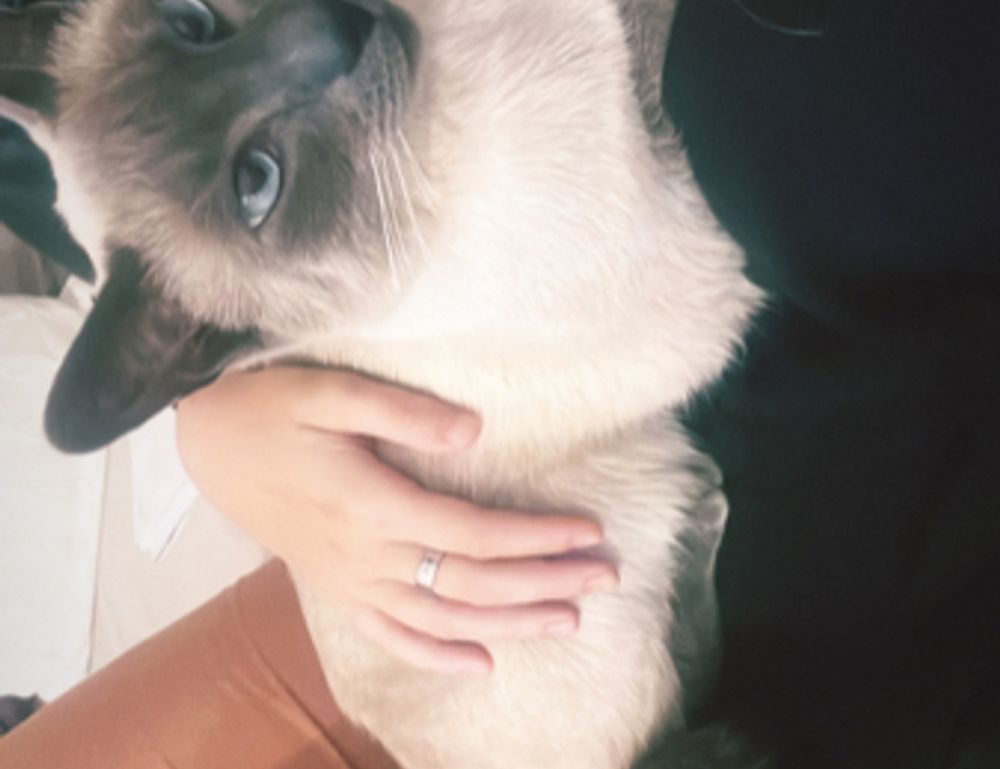Understanding bunuelp
“bunuelp” might sound unfamiliar, but it fits right into the current era of decentralized thinking. It’s not a product, not a trend—think of it as a concept that captures the disruptive creativity Buñuel championed. It’s the blend of unpredictable ideas that refuse to sit neatly in traditional categories.
You see it when artists bend platforms to their will. Or when technologists build tools that work against the grain of conventional systems. bunuelp is useful shorthand for pushing past obvious, expected paths—whether in design, storytelling, or strategy.
Principles Behind the Word
If we were to give bunuelp some rules (even though it probably hates rules), they’d be simple:
Unfiltered expression beats polish. Like Buñuel’s surreal edits and abrupt scene changes, real impact flows from raw execution. Clarity isn’t the same as simplicity. Complex ideas are welcome, as long as they communicate something real. Break what isn’t broken. Don’t wait for systems to fail—redesign them while they still seem fine.
These principles apply across industries. In design: think bold, disruptive UX. In marketing: content that invites pause, even confusion. In tech: platforms built from first principles, not MVP slide decks.
Found In the Wild
You don’t need a manifesto to find bunuelp material in daily feeds. Look at experimental artists blending AI into analog experiences. Consider developers building opensource tools that defy VC logic. Or indie game designers who skip tutorials and throw players straight into chaos.
Some signals that you’re seeing bunuelp: The work makes you uncomfortable for the right reasons. It doesn’t explain itself right away—and doesn’t care if you “get it.” It leaves you thinking Wait, can you do that?
Why It Sticks
Part of bunuelp’s appeal is how much it resists being pinned down. It’s messy, and that’s more relevant now than ever. In a time of templated everything—LinkedIn carousels, startup pitch decks, even AIgenerated resumes—originality is defaulting toward extinction.
That’s where bunuelp shines. It flips the table. It rewards creators and thinkers who are unapologetic about what makes their voice different. Not for the sake of rebelling, but because that’s where the good material lives.
How To Channel It
You don’t need a beret or an art grant to use bunuelpthinking in your work. Here’s how to tap into that mindset:
- Challenge your first instinct. If a project feels safe and familiar, kill that version and press further.
- Build without asking. Don’t wait for permission or a green light. Make it. Break it. Ship it.
- Layer meaning. Let your audience do some work. Depth doesn’t need immediate clarity.
- Leave fingerprints. Inject your oddities, your flaws, your voice. Strip out artificial polish.
This doesn’t mean throwing out strategy—it means tension between vision and execution makes things interesting.
Risk Is BuiltIn
Here’s the tradeoff: bunuelp doesn’t always land. People might be confused. Some won’t like it. Feedback loops may fall apart. Too abstract? Too raw? Maybe. But that’s part of the package.
Sometimes impact only becomes clear looking backward. That’s how legacy starts. It rarely begins with approval—it begins with friction. bunuelp leans into that edge.
Moving Forward: The Value of Weird
In a world of algorithms prioritizing safe bets and passive engagement, unpredictability becomes valuable. The blacksheep post that breaks format. The app with rough sound design that somehow hooks people. The email that shouldn’t work by headline standards but earns a 78% open rate.
Those aren’t flukes—they’re signs. Readers and users respond to disruption when it’s built from sincerity, not strategy.
In every field, we’re seeing fatigue from the too perfect, too optimized. There’s hunger for something that surprises—even stumbles. That’s a sign for builders to unlock friction again.
Conclusion: bunuelp Is a Tool
Think of bunuelp less as an identity and more as a tool. A way to check your ideas. A callout to do more with less, or contradict what’s expected. Whether you’re building a brand, rewriting a landing page, or launching a product, this concept challenges you to inject risk, not reduce it.
It’s not about being weird for weird’s sake. bunuelp thinking is about purposeful unpredictability. Thoughtful chaos. The difference between filler and real signal.
Use it. Bend it. Name it or don’t. But don’t sleep on it.


